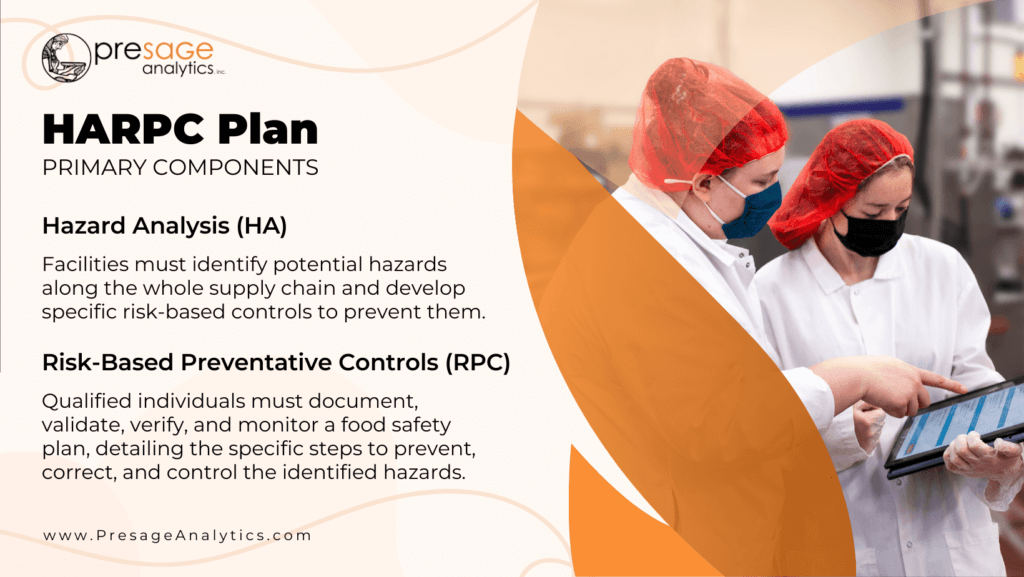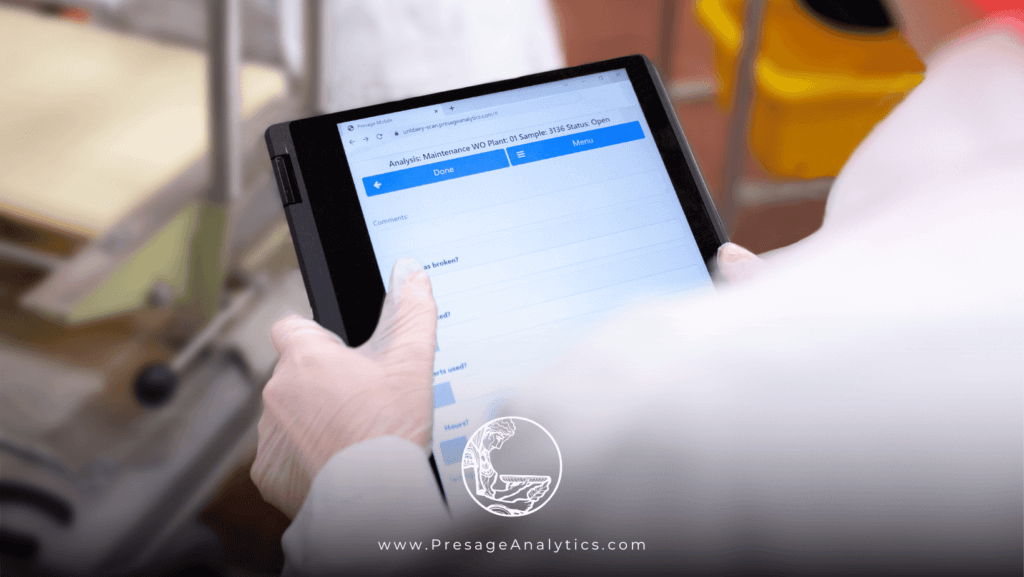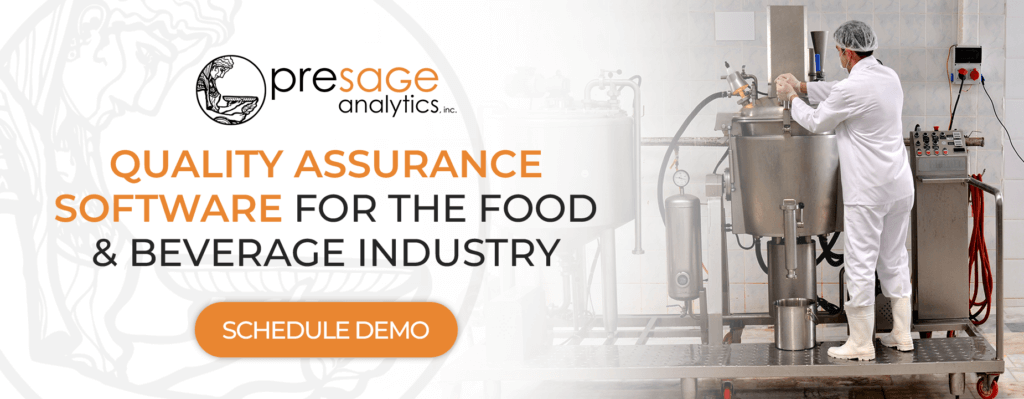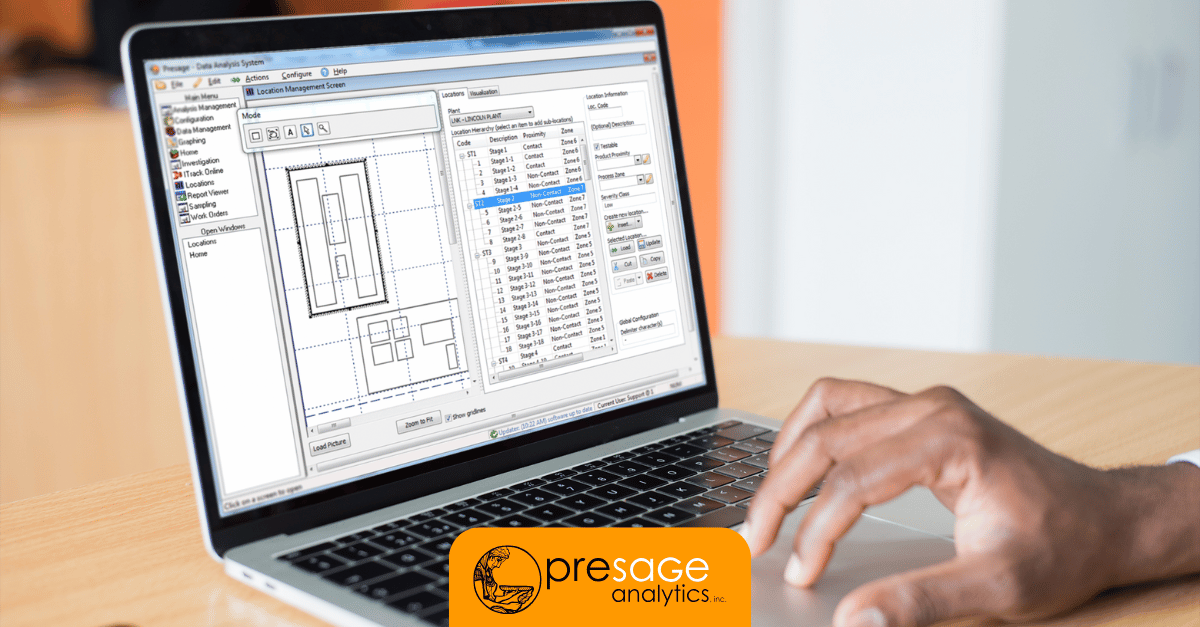HARPC and How We Can Help

HARPC (Hazard Analysis and Risk-Based Preventative Controls) aims to improve food safety by requiring food supply chain participants to identify potential hazards and implement controls to minimize the affiliated risks. Let’s break down the key components of HARPC and their effects on food processors.

Creating a HARPC Plan
HARPC consists of two primary components: Hazard Analysis (HA) and Risk-Based Preventative Controls (RPC).
- Hazard Analysis (HA): Facilities must identify potential hazards along the whole supply chain and develop specific risk-based controls to prevent them.
- Risk-Based Preventative Controls (RPC): Qualified individuals must document, validate, verify, and monitor a food safety plan, detailing the specific steps to prevent, correct, and control the identified hazards.
Other HARPC Requirements
Maintaining a dynamic food safety plan is just as crucial as developing a thorough one. Developing a food safety plan is a consistent trial and error process that requires establishing a monitoring program to continually evaluate plan effectiveness.
- Reanalyze the HARPC system whenever significant facility changes occur or at least every three years if no significant changes have happened.

How Presage Analytics Can Help
HARPC’s requirements place a heavy burden on nearly all food manufacturers. Presage Analytics provides many features that aid in both the initial construction and ongoing monitoring of your facility’s plan. Just a few examples include:
- Simplify Hazard Analysis with our visual plant mapping, data trend charting, and easy-to-search historical database.
- Respond immediately to problems with real-time alerts.
- Ensure facility cleanliness with randomized environmental scheduling.
- Schedule to ensure all samples/tasks are performed at regular intervals.
- Prioritize and color-code tasks based on due dates for accountability.
- Use record identification numbers, automatic timestamps, and usernames for simple traceability.
In addition, Presage’s Investigation screen can be used for:
- Validating the preventive controls.
- Verifying that monitoring is being conducted.
- Verifying that appropriate corrective actions are taken.
- Verifying that the preventive controls are consistently implemented and are effectively minimizing or preventing the identified hazards.

If you’re ready to improve your plant’s processes and the quality of your products, schedule a demo today with the Presage sales team.





